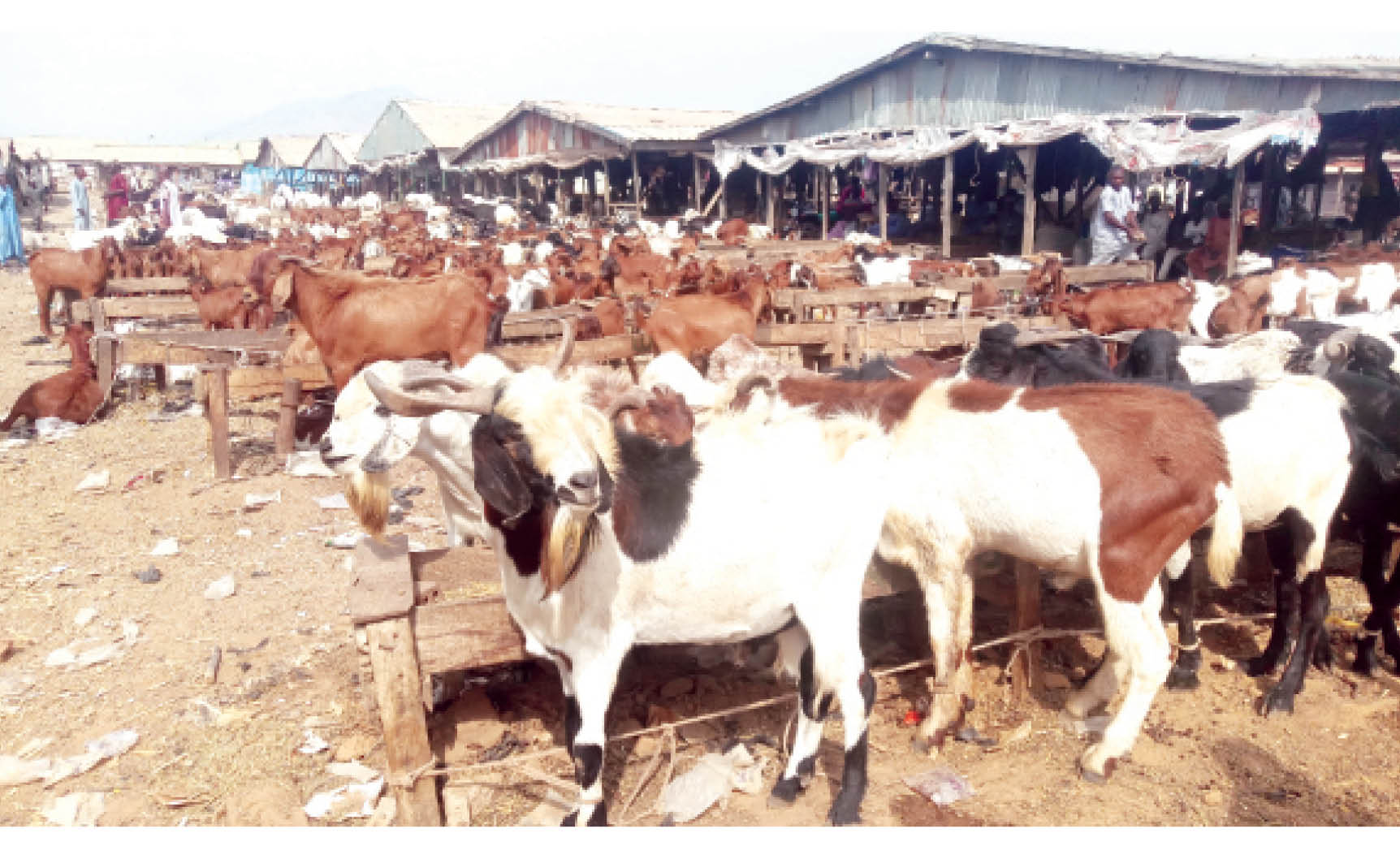AGRO SOLUTIONS: How to raise goats and sheep
Raising sheep or goats for profit can be a satisfying enterprise. However, there are a number of management skills that each sheep or goat producer should have to be successful. Each livestock enterprise has different resources: land, labour, capital, feed, and management. To raise sheep or goats sustainably, you must manage these resources. In addition […]

Raising sheep or goats for profit can be a satisfying enterprise. However, there are a number of management skills that each sheep or goat producer should have to be successful. Each livestock enterprise has different resources: land, labour, capital, feed, and management.
To raise sheep or goats sustainably, you must manage these resources. In addition to managing resources, new producers must ask themselves, what do I need to get started? This question involves considerations for the type of animals a producer wishes to raise as well as where to find these animals, how to select them, and what equipment will be needed for the operation. Producers also need to consider how they will feed their animals and what health care practices they will use to keep the animals healthy. Savvy producers will let markets identify the type of animals they should raise in order to generate a profit. This fact sheet may be used as a guide for those sheep and goat producers getting started in the industry.
What type of animals should I raise?
The first thing to decide when starting a new sheep or goat enterprise is what type of animals to raise. This decision should directly reflect the markets a producer has available to sell sheep or goats, and consider the resources available on the farm and the producer’s individual goals.
Sheep and goats may be used to produce meat, wool, fiber, or milk. The intended products will determine what breeds will be best suited for the operation.
Many producers choose to breed females to produce lambs or kids to sell for breeding stock or market animals. Other producers may prefer to purchase weaned animals, also known as feeders, to raise to market weight.
Producers can start by determining if they wish to raise purebred or commercial stock. A purebred operation typically raises animals of one breed. Often a purebred operation will have all registered animals that can also be sold through purebred sales. A commercial operation may have unregistered purebred animals, or they may have crossbred animals. Crossbred animals have the benefit of hybrid vigor, which is simply the ability of crossbred offspring to increase in productivity over the average of the breeds that were part of the cross. This means that a crossbred lamb or kid could grow faster, or a crossbred female could produce more milk for its offspring.
Selecting a breed
Each livestock breed has different traits that they are recognized for. Breed associations can provide information on those traits and help you narrow your decision regarding what breed or breeds fit best with your operation.
Sheep breeds are often divided into meat-producing (ram) and wool-producing (ewe) breeds. In addition, some sheep breeds are known as hair sheep because they shed their wool. The more common hair sheep breeds are commonly used for meat production. Sheep also have breeds used for milk production.
Some goat breeds are noted for their meat production, while others are recognized for milk production or fiber production.
While many more breeds exist in the United States, some of the more common breeds are listed below.
Selection Principles
There are two methods to select livestock: animal performance and visual appraisal. Animals should first be selected on performance and then the higher performing animals should be evaluated visually.
Performance selection principles evaluate measurable traits such as birth weight, weaning weight, postweaning weight, wool or fiber yield and quality, or milk yield and quality.
Producers who evaluate growth traits should adjust weaning weights to account for the sex of the lamb or kid, age of the dam, and birth and rearing type. Birth type refers to birth as a single, twin, or triplet. Rearing type refers to how that lamb or kid was raised: single, twin, or triplet.
Progressive sheep and goat producers with registered animals can enroll their flock or herd in the National Sheep Improvement Program to generate estimated breeding values (EBVs) for their animals. These EBVs use genetic linkages to assess genetic merit for growth, carcass, maternal, and wool traits. EBVs allow producers to evaluate animal genetics without environmental influences. Commercial producers can utilize performance data when selecting a new ram or buck.
Visual animal appraisal evaluates aspects such as structural correctness, muscling, body capacity, and breed character. Evaluating structural correctness allows producers to identify animals with defects that are not apparent through performance evaluation.
SOURCE: Penn State Extension
